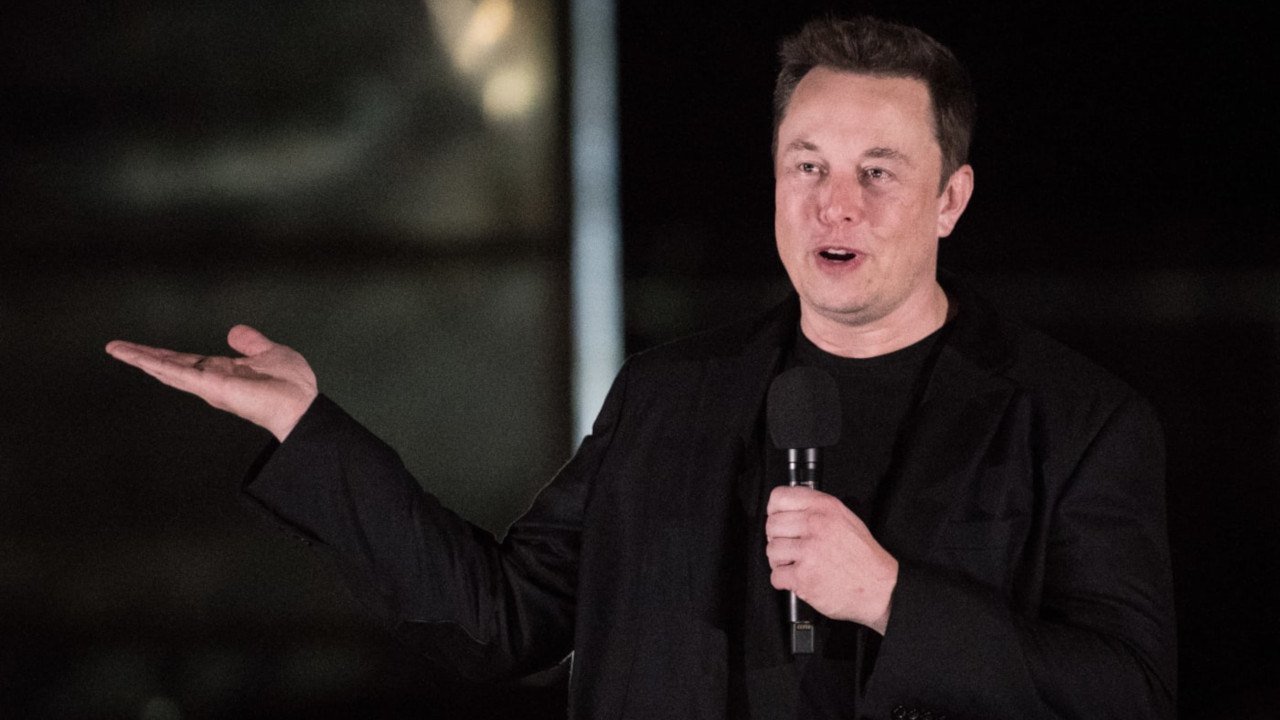Read The Full Article On: Fortune
Researchers gave mixed reviews of Elon Musk’s colorful demonstration on Friday of Neuralink, his sci-fi startup that’s developing a brain implant. The company’s technology, Musk hopes, will one day help paralyzed people walk and even save memories so that people review them like they leaf through photo albums.
Some researchers praised Neuralink’s work as showing significant refinement to existing technology. But others say the company isn’t offering much that’s new, and that its biggest speculative claims aren’t grounded in current science.
What is clear is that the stars of Friday’s show were several pigs, including one named Gertrude, which had a Neuralink implant that beamed live signals from the part of its brain controlling its snout. Those were turned into a stream of “snout boops” that tracked what Musk called “neural spikes.”
That in itself is nothing new. Professor Thomas Nowotny, of the University of Sussex, described the technology for recording neural signals as “decades old.”
Those bleeps and bloops, though, are meant to become the core of Neuralink’s most near-term real-world application: a bridge between the brain and body where nerves have been destroyed or disrupted. The company hopes to test the technology in patients paralyzed by spinal cord injuries and someday, Musk said, restore the hearing and sight of people who are deaf or blind.
Neuralink’s report card
Based on what he saw, Graeme Moffat, a neuroscience researcher at the University of Toronto, told NBC that Neuralink had made “order of magnitude leaps.” Stanford neuroscientist Sergey Stavisky also said the demo showed impressive progress from where Neuralink was in 2019.
Andrew Jackson, a professor of neural interfaces at Newcastle University, was somewhat less upbeat. “In terms of their technology, 1024 channels is not that impressive these days,” Jackson said in a statement, referring to the implant’s bandwidth for carrying data to and from the brain. “But the electronics to relay them wirelessly is state-of-the-art, and the robotic implantation is nice.”
During his presentation, Musk conceded that similar technology has existed for some time, both in labs and in real-world implants. For example, a 2017 study demonstrated that nerve signals could be used for precise control of prosthetic limbs. Musk’s pitch hinged in large part on the idea that Neuralink would dramatically improve on existing research.
From neurons to downloads? Not so fast
The biggest knocks on Neuralink came in response to the grandest predictions made by Musk and his passionate fans—that Neuralink could someday be used not just to stimulate neural pathways, but to actually transmit information back and forth to the brain. For instance, during Friday’s presentation, Musk speculated that “in the future you will be able to save and replay memories.”
That is a huge leap from the proven, if nascent, science of neural recording and stimulation.
“There is a big difference between recording brain cells and ‘reading thoughts,’ especially when it comes to higher-level cognitive functions we don’t understand as well,” Jackson said. “The idea of ‘writing to the brain’ is even more questionable…There are fundamental limitations to targeting specific networks of neurons in a meaningful way using electrical stimulation.”
The distinction is tricky, but crucial. There is still almost no scientific understanding of how the “boops” of electrochemical pulses in the brain become the subjective experience of thinking, feeling, or remembering.
Musk replied to Jackson’s comments on Twitter, with some characteristic snark. “It is unfortunately common for many in academia to overweight the value of ideas & underweight bringing them to fruition,” he said.
Musk, who is also CEO of Tesla and SpaceX, is indeed an entrepreneur, not a researcher. His goal is to refine and commercialize technology, rather than invent anything entirely new. On Friday, Musk emphasized that the main goal of his presentation was to recruit staff for Neuralink, a reminder that even what we saw was a very early demonstration.
And there may be some value even in ignoring what seem like scientific limitations today. Biomedical engineer Peter Bannister of the Institution of Engineering and Technology, an international professional organization for engineers, has defended Musk’s sci-fi–inspired rhetorical overreach, saying, “It’s important to remember that these ‘moonshots’ are essential to inspire the next generation of engineers and scientists.”

